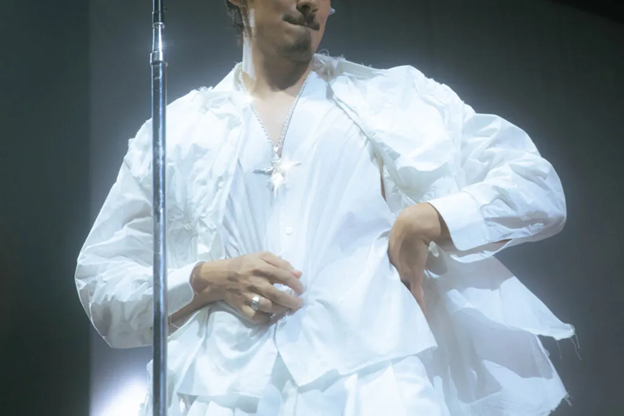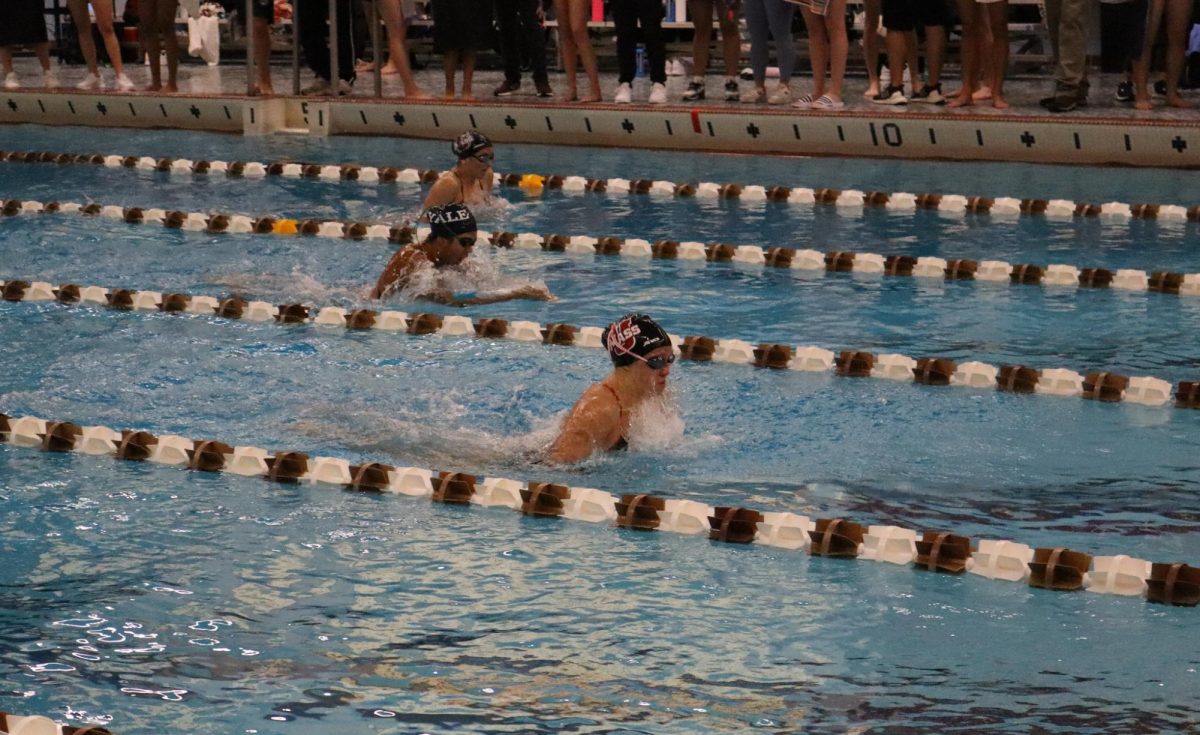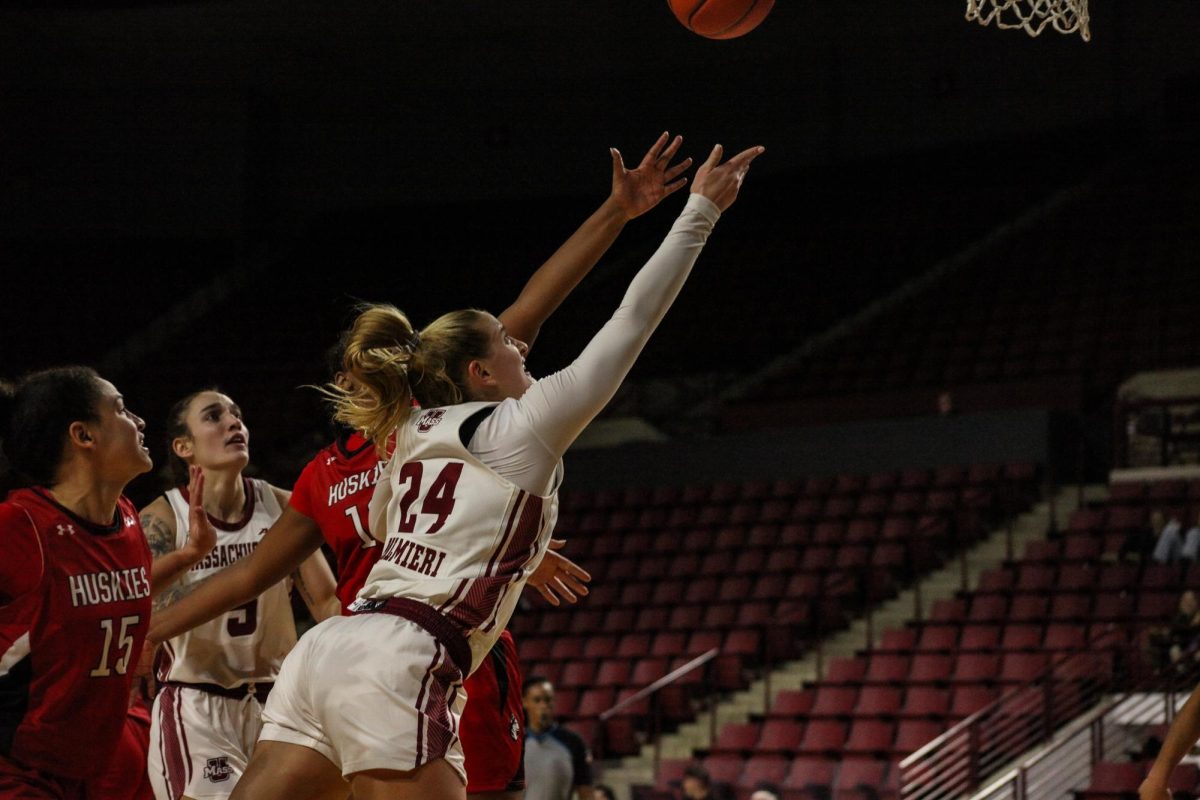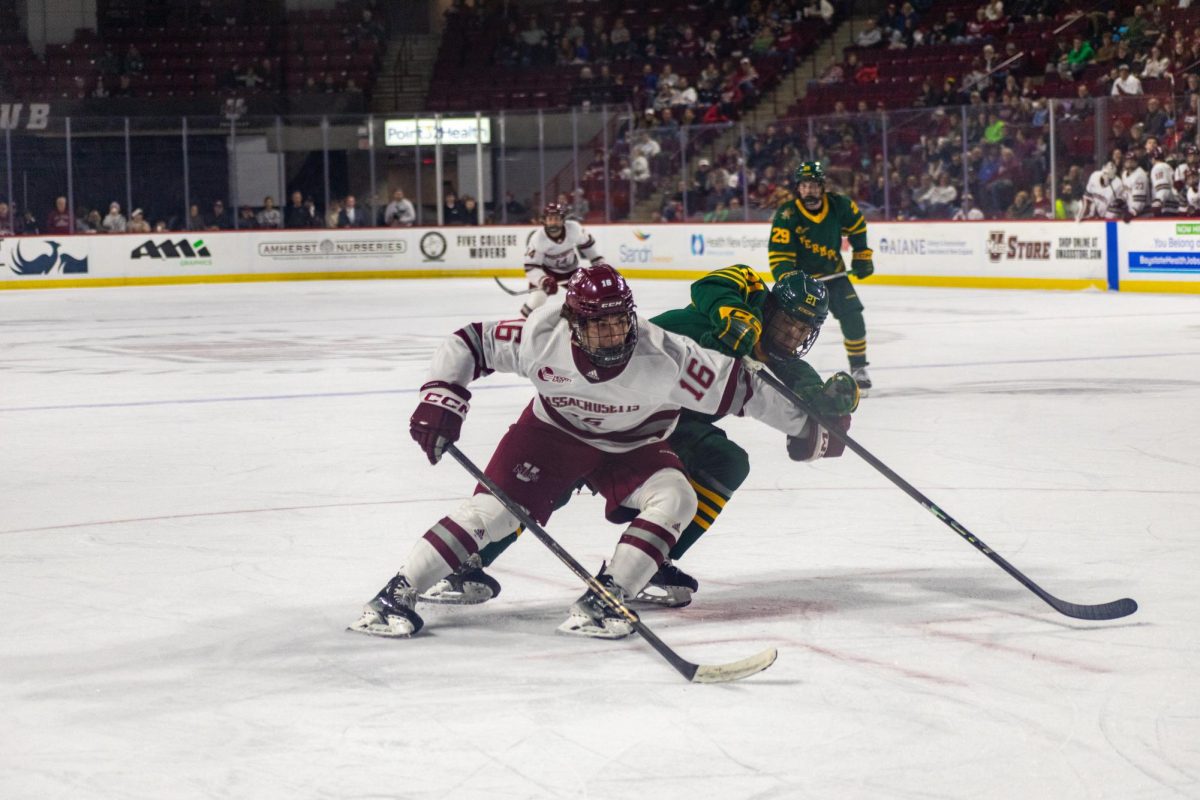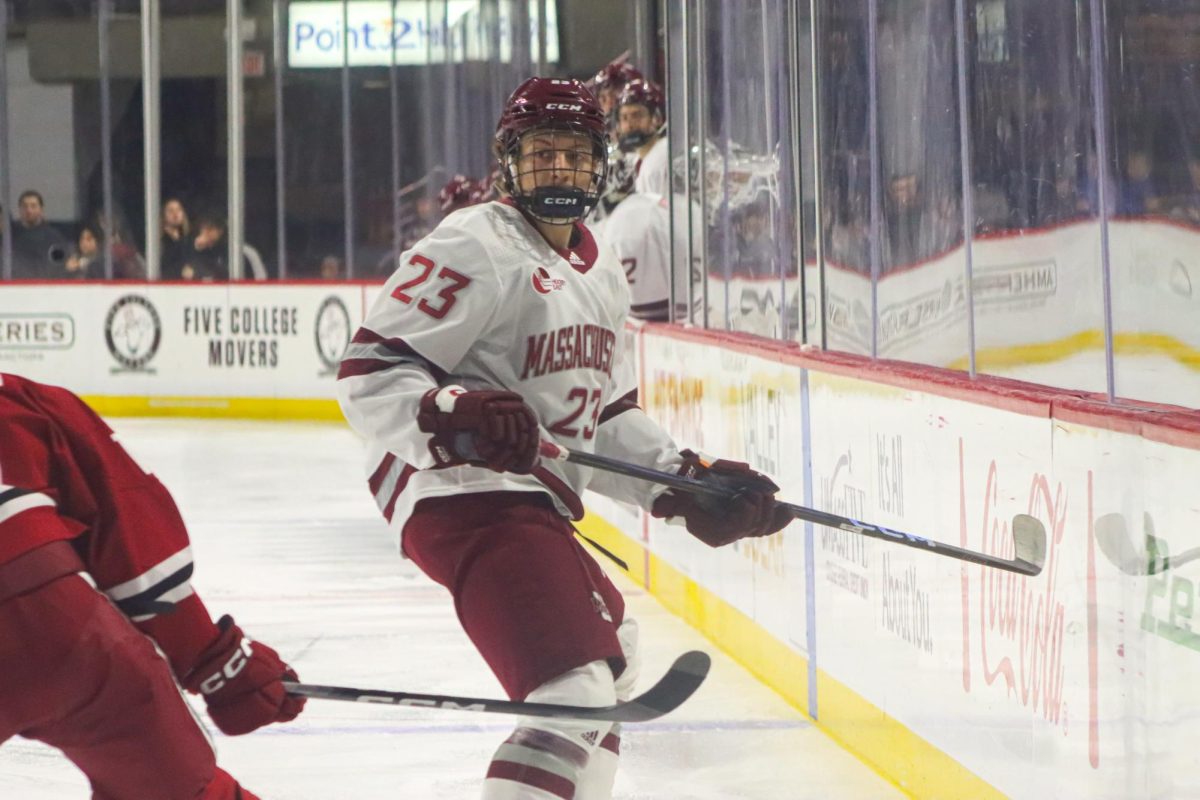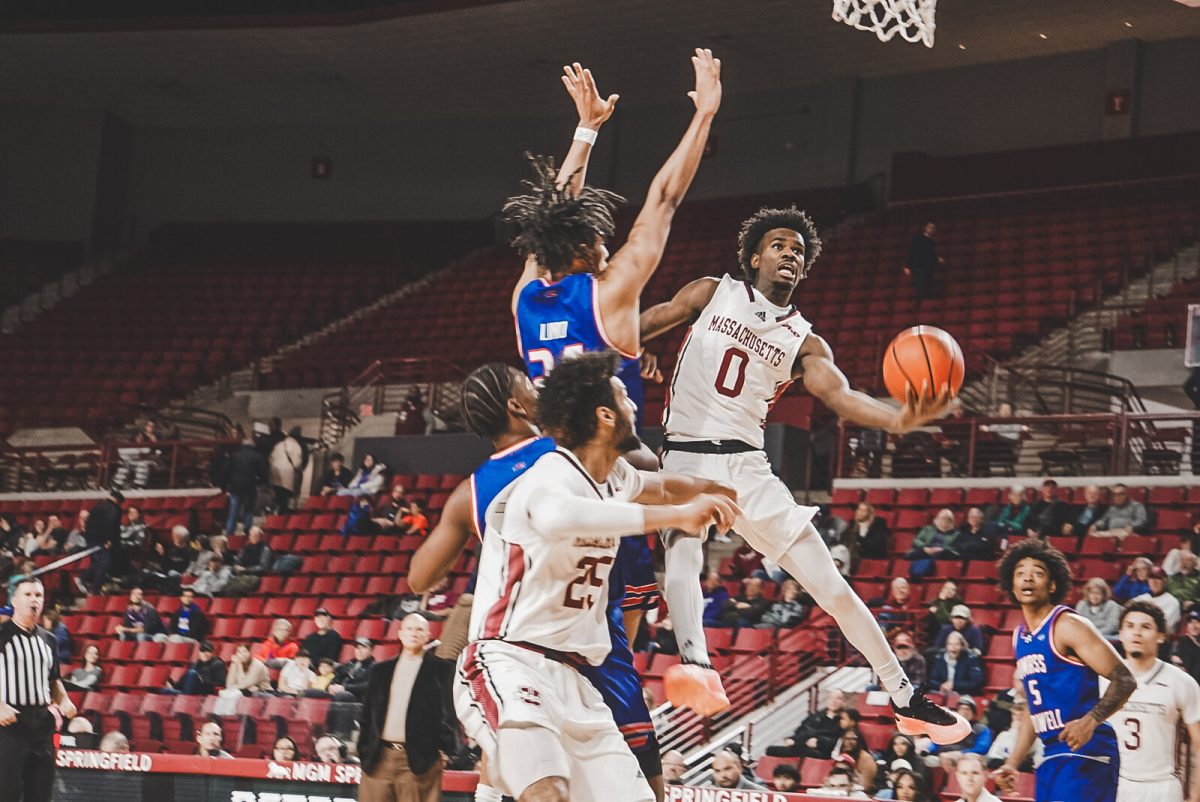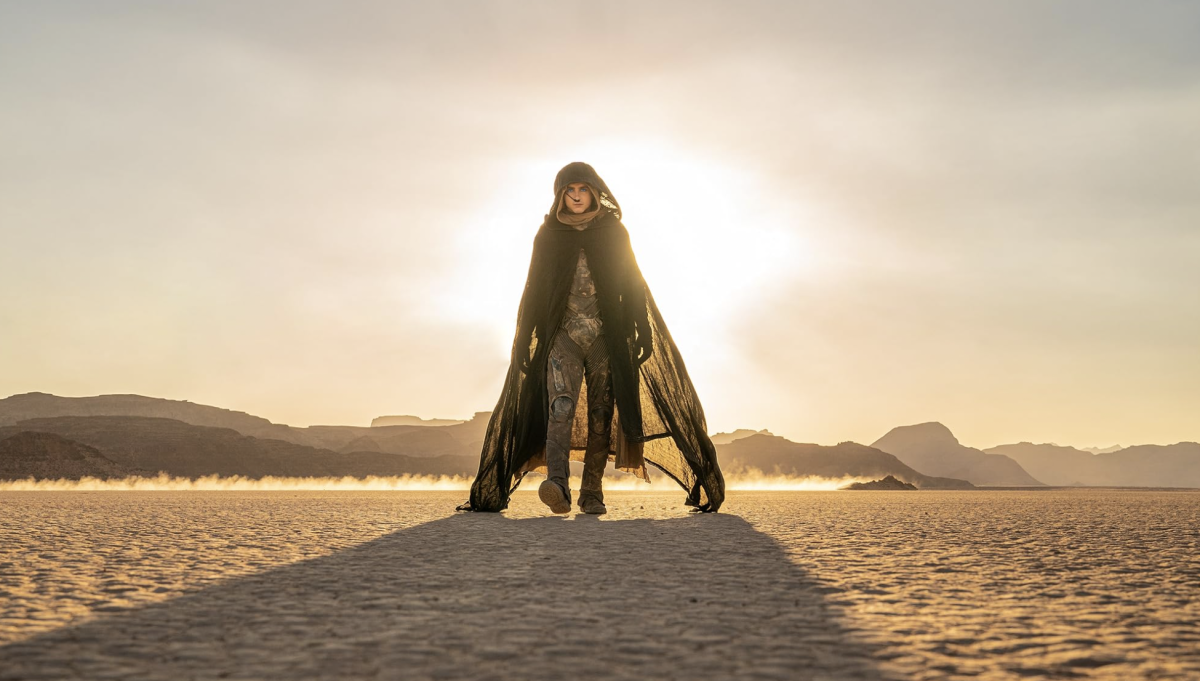Omar Apollo is back from Venice, and everyone knows it. From amiable TikToks with co-star Drew Starkey and nine-minute standing ovations, Apollo’s debut at the Venice Film Festival continues to elevate his profile.
His friendship with Pedro Pascal appears on the “God Said No” album as a voice memo titled “Pedro.” Apollo gets a Frank Ocean sample. He’s nominated for Best New Artist of the 2023 Grammys. The “God Said No” tour rolls out an Apollo who’s been held in bright Hollywood lights and is moving towards the attention, crafting his work on stages that now lift to meet him.
Before Boston, Apollo played a hometown show in Indiana. “The God Said No” tour comes after opening for SZA as she promoted one of the most culturally defining albums of the 2020s. At the same time, Apollo’s status as a musician was rising. By the time “God Said No” was released this summer, Apollo had cemented himself as an artist, no longer an unknown rising star. The show at Leader Bank Pavilion is the first one after Apollo released the “God Said No” live sessions. The live sessions were initially released as videos on YouTube before arriving on music streaming services.
In the recorded sessions, Apollo, his band and background singers are wearing white, artfully lounging across a white-clothed platform. It’s an artistic move that displays the changes Omar Apollo intentionally prioritized for “God Said No.” With his sophomore album, Apollo is aiming for specific imagery of how his music should be interpreted. The album follows the wreckage of a relationship destined to not work out. “God Said No” traces the bargaining, grief, trying to move on and the pain of holding on before settling on memories as the path forward from someone you’re not meant to hold onto anymore.
He comes out on stage in the same clothes that drape over him on the “God Said No” cover, an open fur coat. Dancers come out with him appearing for “Be Careful with Me.” Their dances are synchronized to the beat of the song and the lights, which will be integral to visualizing the songs’ beats for the duration of the night. He plays guitar on “Useless,” moving directly back to his first album.
For the first arc of the songs, the lighting show, visuals projected on stage and dancing are showing an intricate and deliberate vision for the concert. The stage isn’t utilized as only a place to sing to a crowd but becomes a choreographed show. The emotional details that Apollo portrays in “God Said No” are brought to life in emotive faces, dance gestures and movements. His use of stage performance turned symbolic during “While U Can.” Apollo stands in front of a white cloth held up by the dancers, the cloth ripples in the air. Hitting the emotional climax of the song, the stage turns black. As he finishes singing about broken promises and failing someone, Apollo takes the cloth and lets it go.
Elaborate colors cascade down the stage like waves, filling the black stage for “Drifting.” Apollo and his dancers move in cycling colors of blue, green, orange, yellow and red. A burst of white ends the song, leaving a powder-white smoke. Here the cloth reappears for “How.” What he let go of two songs ago, comes back, its issues still needing to be addressed though already buried. This time Apollo doesn’t hold onto the cloth. Instead, he passionately releases the resentment and bitterness of “How” as the dancers fold up the cloth for him.
Omar Apollo isn’t expecting the crowd to sit back. He does more than just ask the crowd to sing along, the lyrics of “Invincible” are projected onto the stage. There’s no excuse to not sing along, as it works to re-energize the crowd. He pulls the crowd, directing them to jump along with him as they scream out the lyrics. His corrido “En El Olvido,” features home videos and he joins his band in playing the guitar. This section of the concert transitions into the final act.
Apollo disappears for a moment before returning in a silver breastplate amidst revolving lights on a dark stage. It’s a return to the theatrical performance of “God Said No.” You can’t help but feel sympathy during “Empty’s” second verse. The keyboard’s notes come down like chimes, echoing against the breeze blowing through the Pavilion. It’s quiet after the song until Omar Apollo yells to the crowd to “turn up,” and wants everyone to move on from the melancholy melodies of the night.
He wants to end the night with ease, ready to let go of the haunting emotions that have held him through the night. “Kamikaze” and “Tomagachi” is where Apollo’s humorous side is fully released. Earlier in the night, he’d left an outraged voicemail for an attendee’s ex. But now the show is almost over, you can feel the ease and sense of celebration for the night. Apollo freestyle dances, reveling in the joy of having his lyrics sung back to you.
The last song of the night before the encore is “Glow,” the final song of “God Said No.” Smoke and debris overtake the stage. A burning star appears. In his hand, Apollo holds a ball. The dancers alternate in touching his shoulder before standing behind him. They all come to a standstill as Apollo repeats “Before you leave, give me one more dance.” The stage’s wind escalates until Apollo releases the ball that has crumpled to debris. The star then burns out.
“God Said No” the tour is translated into a visual stage performance of the album. Dance members act out the emotions of the album, lighting the mood for the scene where it happens. You could say it’s a visual dance album set for the stage. What’s important to highlight is that Apollo wants this album’s emotion to be captured in evocative imagery. Dance and intricate visual effects became the medium to translate and capture the album. The experience with the tour isn’t passive. You are constantly being invited into the artist’s world and asked to lean in to find what lies beneath the surface.
Suzanne Bagia can be reached at [email protected].

